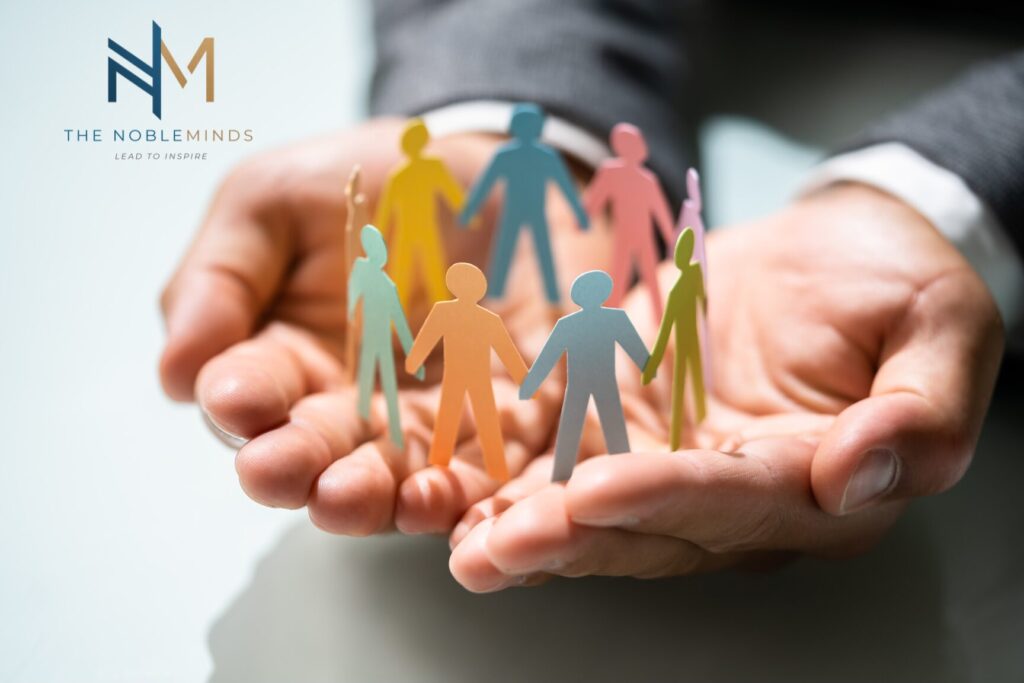What Defines an Effective Leader?
Leadership is a dynamic and continually evolving concept that plays a crucial role in workplace success, team performance, and organizational growth. While many traditional leadership theories emphasize individual traits, Implicit Leadership Theory (ILT) shifts the focus toward how followers perceive leadership effectiveness based on their expectations and beliefs about leadership competencies.
By analyzing employee feedback from 17 managers, we identified key leadership competencies that define an ideal leader in high-pressure work environments. These insights serve as a research-backed framework for leadership development.

10 Leadership Competencies for High-Performance Leadership
In demanding workplaces, effective leaders must master the following essential leadership skills to boost team morale, productivity, and resilience:
1. Supportive and Motivational Leadership
Great leaders cultivate a growth-driven culture, providing mentorship and motivation. Encouraging employees to develop skills and adapt fosters a resilient workforce.
2. Fair and Respectful Leadership
Trust and credibility stem from fairness. Avoiding favoritism and fostering mutual respect ensures that employees feel valued and motivated.
3. Decisiveness and Accountability
In high-pressure situations, leaders must make timely, well-informed decisions and take responsibility for their outcomes—whether positive or negative. Accountability builds trust and confidence in leadership.
4. Proactive and Solution-Oriented Mindset
Effective leaders anticipate challenges and create structured action plans. Proactive problem-solving mitigates crises and enhances workflow efficiency.
5. Empathetic Yet Firm Leadership
Balancing empathy with authority is key. Leaders must understand employee concerns while upholding expectations, rules, and deadlines.
6. Clear and Effective Communication
Strong communication skills prevent miscommunication and delays. Leaders must convey expectations, feedback, and solutions clearly to enhance team synergy.
7. Knowledgeable and Hands-On Leadership
A great leader combines technical expertise with delegation—guiding the team while allowing autonomy. This creates a balanced, productive work environment.
8. Composure Under Pressure
Remaining calm in high-stress situations directly impacts team morale and engagement. A confident leader fosters stability and motivation in their workforce.
9. Continuous Growth and Innovation
Lifelong learning is essential for leadership success. Growth-oriented leaders seek self-improvement, encourage innovation, and inspire teams to develop new skills.
10. Active Listening and Employee Engagement
Listening is a critical leadership skill. Leaders who prioritize active listening create an inclusive work environment where employees feel valued and empowered.
The Science Behind Leadership Effectiveness
Research by Magsaysay and Hechanova (2017) confirms that the closer a leader’s qualities align with employee expectations, the higher their effectiveness. Leaders who match team expectations are more likely to succeed in driving productivity, engagement, and long-term success.
Developing Leadership for a Competitive Edge
These 10 core leadership competencies serve as a blueprint for leadership development programs tailored to organizational and workforce needs.
By focusing on support, communication, decision-making, emotional intelligence, and continuous learning, leaders can create thriving, high-performance teams even in high-pressure environments.
Is Your Leadership Style Aligned with These Competencies?
Now is the time to assess, develop, and refine your approach to leadership. Elevate your leadership skills and empower your team for success.
Read more: The Power of a Loving Critic: Why Honest Feedback Matters
